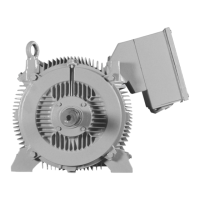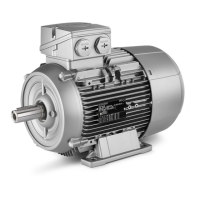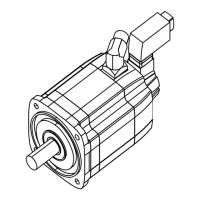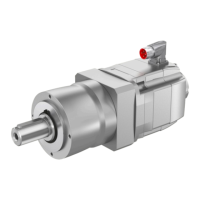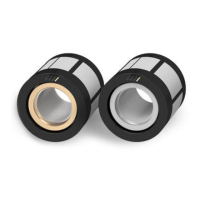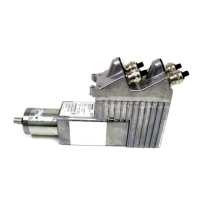Mounting and Commissioning
3.3 Commissioning
SIPROTEC, 7SK80, Manual
E50417-G1140-C344-A5, Release date 11.2012
346
3.3.14 Trip/Close Tests for the Configured Operating Devices
Control by Local Command
If the configured equipment was not switched sufficiently in the hardware test already described, configured
equipment must be switched on and off from the device via the integrated control element. The feedback infor-
mation on the circuit breaker position injected via binary inputs is to be read out at the device and compared
with the actual breaker position.
The switching procedure is described in the SIPROTEC 4 System Description. The switching authority must
be set according to the command source used. The switching mode can be selected from interlocked and non-
interlocked switching. Please note that non-interlocked switching can be a safety hazard.
Control by Protective Functions
Please bear in mind that a trip signal sent to the circuit breaker can result in a trip-close-trip event of the circuit
breaker by an external reclosing device.
DANGER!
A test cycle successfully started by the automatic reclosure function can lead to the closing of the
circuit breaker !
Non-observance of the following statement will result in death, severe personal injury or substantial property
damage.
Be fully aware that OPEN-commands sent to the circuit breaker can result in a trip-close-trip event of the circuit
breaker by an external reclosing device.
Control from a Remote Control Center
If the device is connected to a remote substation via a system interface, the corresponding switching tests may
also be checked from the substation. Please also take into consideration that the switching authority is set in
correspondence with the source of commands used.
3.3.15 Creating Oscillographic Recordings for Tests
General
In order to be able to test the stability of the protection during switchon procedures also, switchon trials can also
be carried out at the end. Oscillographic records obtain the maximum information about the behaviour of the
protection.
Requirements
To be able to trip a test fault record, parameter Osc Fault Rec. must be configured to in the Functional Scope.
Apart from the option to store fault records via pickup of the protection function, the 7SK80 also allows for ini-
tiating a measured value recording via the DIGSI operating program, the serial interface and binary input. For
the latter, the information „>Trig.Wave.Cap.“ must have been allocated to a binary input. Triggering for the
oscillographic recording then occurs, for instance, via the binary input when the protection object is energized.
Those that are externally triggered (that is, without a protective element pickup) are processed by the device
as a normal oscillographic record. For each oscillographic record a fault record is created which is given its
individual number to ensure that assignment can be made properly. However, these recordings are not dis-
played in the fault indication buffer, as they are not fault events.

